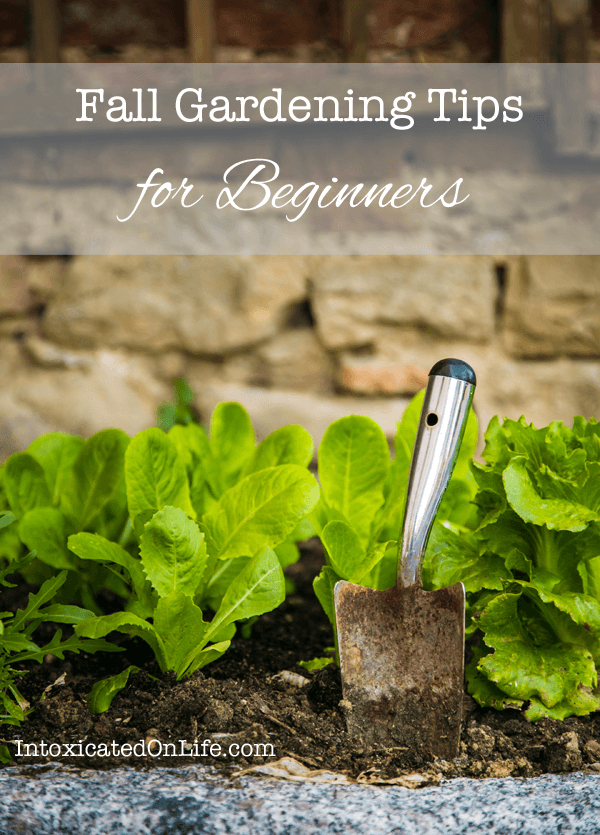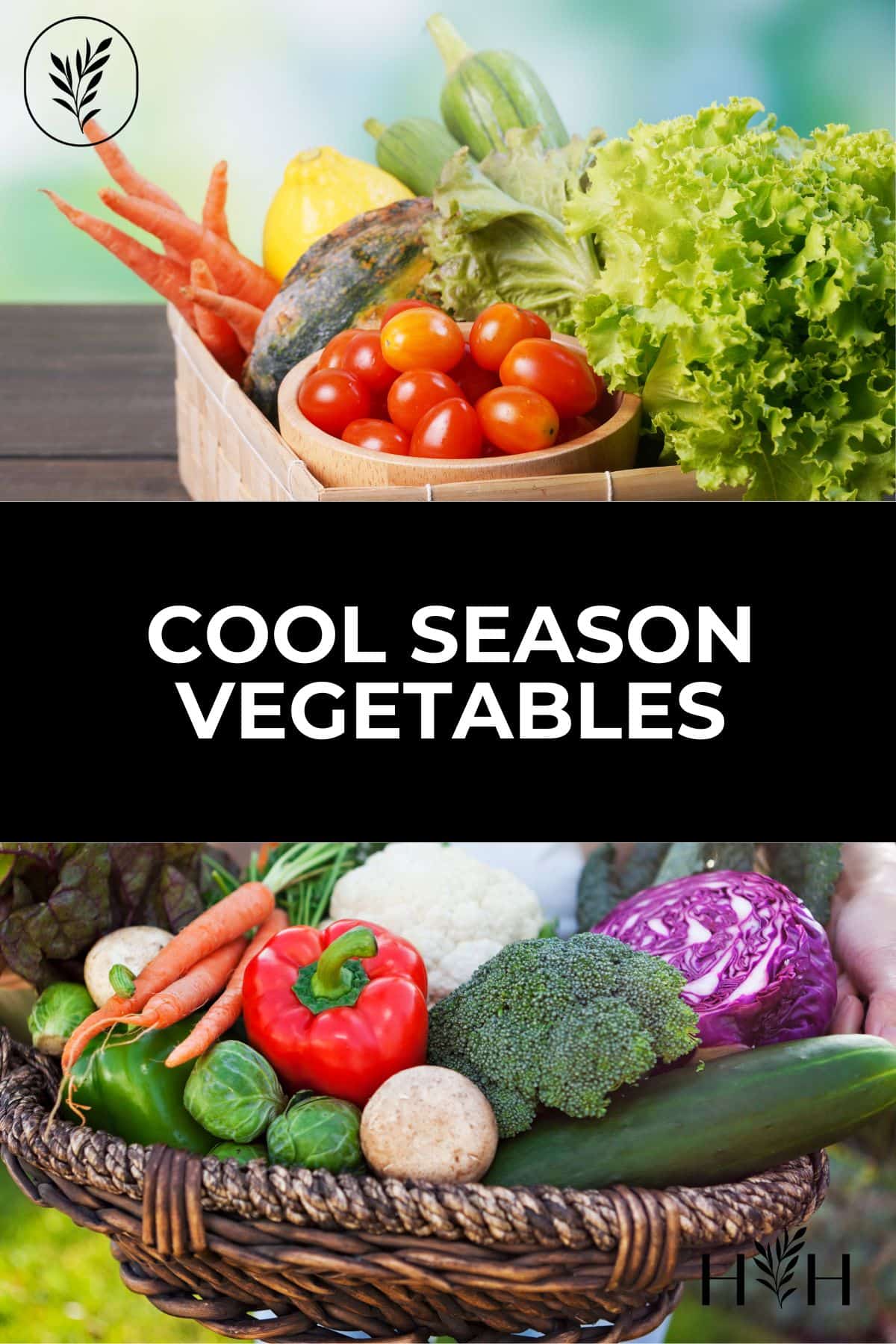How to Grow the Best Fall Vegetables: A Comprehensive Guide

As the leaves begin to change and the air turns crisp, many gardeners hang up their gloves and call it a season. But did you know that fall is the perfect time to grow some of the most delicious and nutritious vegetables? Imagine the satisfaction of an autumn harvest, filled with the best fall crops that will make your dinner table shine. Let's dive into the world of fall gardening tips and discover the best vegetables to grow in fall.
Understanding Cool-Season Vegetables
Fall gardening is all about cool-season vegetables. These hardy plants thrive in the cooler temperatures and shorter days of autumn. Unlike their summer counterparts, which wilt under the heat, cool-season vegetables grow vigorously in the fall, producing a bountiful harvest.
What Makes Cool-Season Vegetables Special?
Cool-season vegetables are not only resilient but also packed with flavor. They include favorites like spinach, kale, broccoli, and carrots. These vegetables are known for their ability to withstand frost and even improve in taste after a light freeze. Think of it like a fine wine that gets better with age—cool-season vegetables often become sweeter and more flavorful as the temperatures drop.
The Best Vegetables to Grow in Fall
1. Spinach
Spinach is a superstar among cool-season vegetables. It's rich in iron, vitamins, and antioxidants, making it a nutritional powerhouse. Spinach thrives in temperatures between 60°F and 65°F (15°C to 18°C) and can tolerate light frosts. Plant spinach seeds directly in the garden about 6-8 weeks before the first expected frost.
2. Kale
Kale is another fall favorite. This leafy green is not only delicious but also incredibly hardy. It can withstand temperatures as low as 20°F (-6°C) and actually becomes sweeter after a frost. Plant kale seeds or transplants in late summer or early fall for a continuous harvest throughout the season.
3. Broccoli
Broccoli is a classic cool-season vegetable that loves the fall weather. It grows best in temperatures between 60°F and 65°F (15°C to 18°C) and can tolerate light frosts. Start broccoli seeds indoors about 8-10 weeks before the first expected frost, then transplant them into the garden.
4. Carrots
Carrots are a root vegetable that thrives in cooler temperatures. They grow best in temperatures between 60°F and 65°F (15°C to 18°C) and can be harvested well into the fall. Plant carrot seeds directly in the garden about 10-12 weeks before the first expected frost.
5. Brussels Sprouts
Brussels sprouts are a unique fall crop that grows on tall stalks. They love the cool weather and can tolerate temperatures as low as 20°F (-6°C). Start Brussels sprouts seeds indoors about 12-14 weeks before the first expected frost, then transplant them into the garden.
Fall Gardening Tips for Success
Preparing Your Soil
Before you start planting, it's crucial to prepare your soil. Remove any weeds and debris from your garden beds. Add a layer of compost or well-rotted manure to enrich the soil with nutrients. This will give your fall vegetables the best start possible.
Timing is Everything
One of the most important fall gardening tips is to get your timing right. Cool-season vegetables need enough time to mature before the first hard frost. Check the days to maturity on your seed packets and count backward from your area's first expected frost date. This will help you determine the best time to plant each vegetable.
Watering and Mulching
Fall vegetables need consistent moisture to grow well. Water your garden regularly, aiming for about 1 inch of water per week. Mulching your garden beds with straw, wood chips, or shredded leaves can help retain moisture and suppress weeds.
Protecting Your Crops
Even though cool-season vegetables are hardy, they still need protection from extreme weather. Use row covers or cold frames to shield your plants from heavy frosts and snow. This can extend your growing season and protect your autumn harvest.
The Joy of an Autumn Harvest
There's something incredibly satisfying about harvesting your own vegetables in the fall. The crisp air, the vibrant colors, and the fresh, earthy smells all add to the experience. An autumn harvest is not just about the food—it's about connecting with nature and enjoying the fruits of your labor.
Storing Your Fall Crops
Once you've harvested your fall vegetables, it's important to store them properly to maintain their freshness. Root vegetables like carrots and beets can be stored in a cool, dark place for several months. Leafy greens like spinach and kale should be stored in the refrigerator and used within a week or two.
Cooking with Fall Vegetables
Fall vegetables are incredibly versatile in the kitchen. They can be roasted, sautéed, steamed, or eaten raw. Try making a hearty fall soup with carrots, potatoes, and kale. Or roast some Brussels sprouts with garlic and olive oil for a delicious side dish. The possibilities are endless!
Conclusion
Growing the best fall vegetables is a rewarding experience that can extend your gardening season and provide you with a bountiful autumn harvest. By understanding cool-season vegetables and following our fall gardening tips, you can enjoy fresh, homegrown produce well into the fall. So, grab your gardening gloves and get ready to plant some of the best vegetables to grow in fall. Your dinner table will thank you!
FAQs
What are the best vegetables to grow in fall? The best vegetables to grow in fall include spinach, kale, broccoli, carrots, and Brussels sprouts. These cool-season vegetables thrive in the cooler temperatures and shorter days of autumn.
How do I prepare my soil for fall gardening? To prepare your soil for fall gardening, remove any weeds and debris from your garden beds. Add a layer of compost or well-rotted manure to enrich the soil with nutrients.
When should I plant fall vegetables? The best time to plant fall vegetables depends on your area's first expected frost date. Check the days to maturity on your seed packets and count backward from the first expected frost date to determine the best planting time.
How do I protect my fall crops from frost? Use row covers or cold frames to shield your fall crops from heavy frosts and snow. This can extend your growing season and protect your autumn harvest.
What are some ways to cook with fall vegetables? Fall vegetables are incredibly versatile in the kitchen. They can be roasted, sautéed, steamed, or eaten raw. Try making a hearty fall soup or roasting some Brussels sprouts for a delicious side dish.


0 Response to "How to Grow the Best Fall Vegetables: A Comprehensive Guide"
Post a Comment